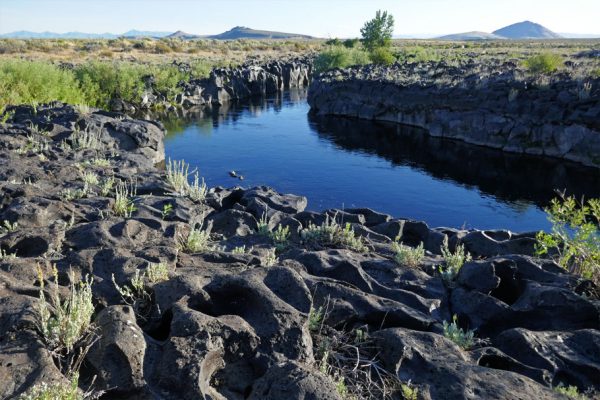
June 26 – July 2, 2020.
Yellowstone has stayed put, but Idaho is on the go.
It has taken 15 million years, but southern Idaho, which is part of the North American Tectonic Plate, has moved westward over the volcanic hotspot we now call Yellowstone. This movement has left a 70-mile break in the normal north/south basin/range pattern seen throughout the western US.
The Yellowstone volcanic hotspot poked holes through the skin of Idaho as it passed over. We looked at some of these earth zits in our travels. The slow crawl over Yellowstone also left gaps in the Rocky and Cascade mountain chains. These gaps allow moisture from the Pacific Ocean to pass freely to Yellowstone, dramatically enhancing the effects of subterranean heating. (But that’s a later post).
Black Magic Canyon
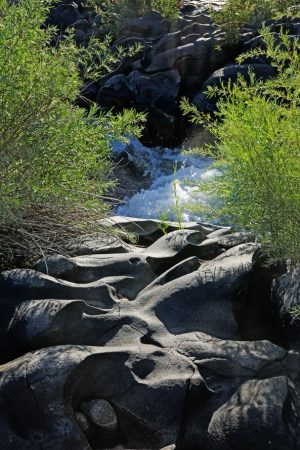
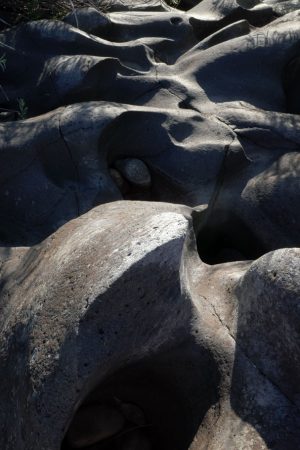
Craters of the Moon National Monument & Preserve

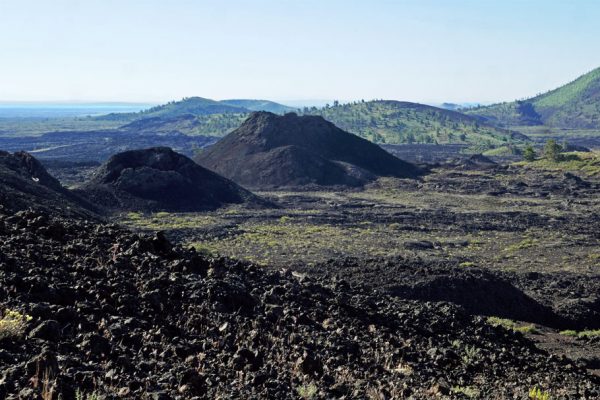
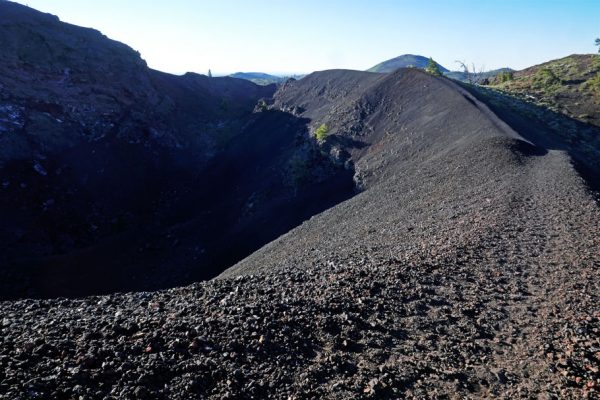
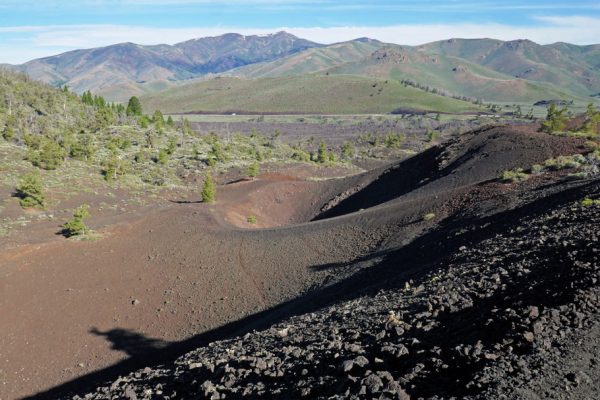
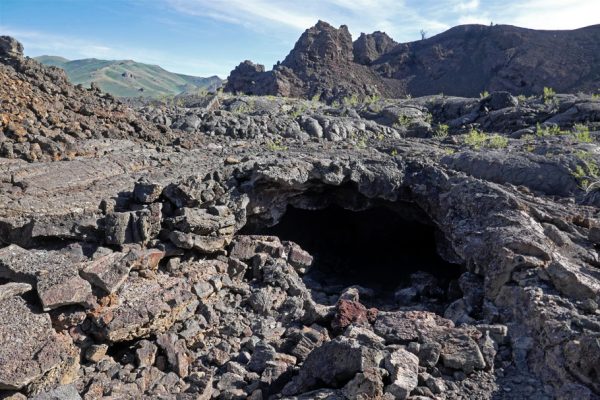
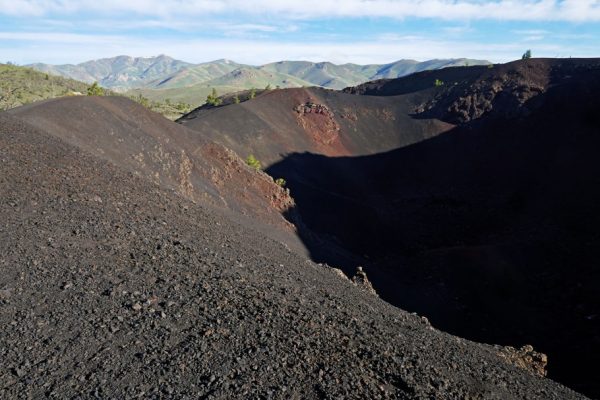
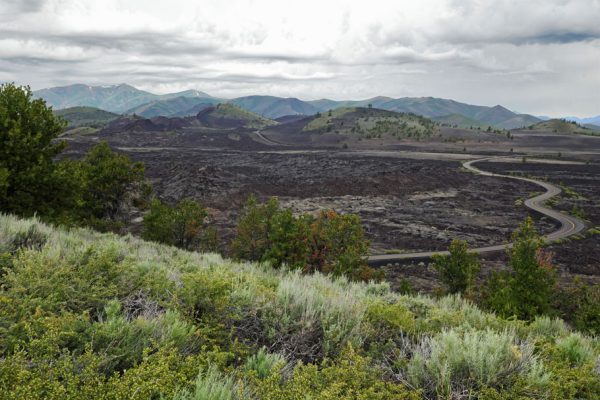
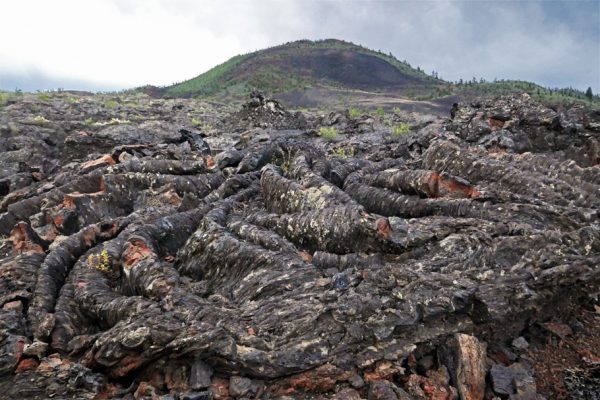
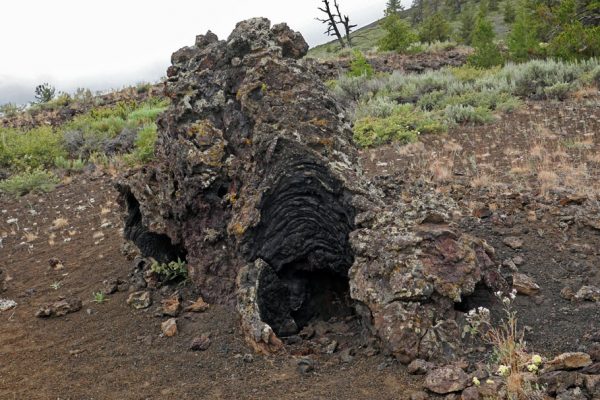
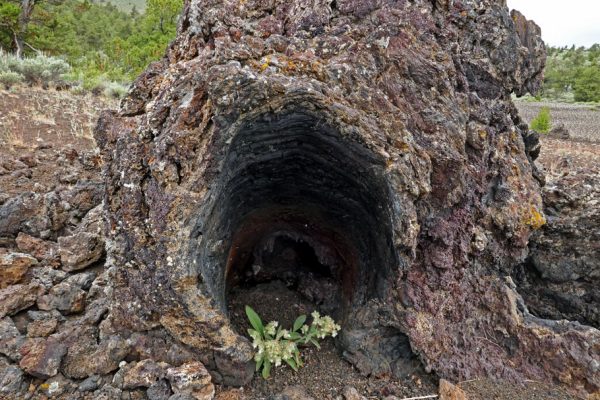
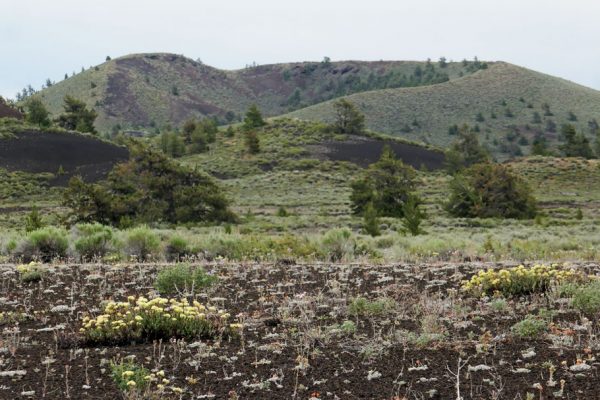
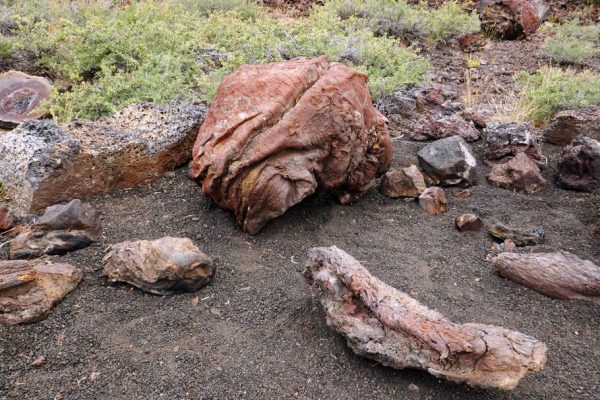
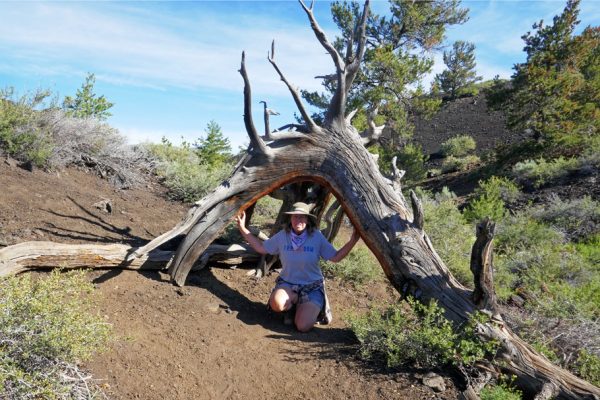
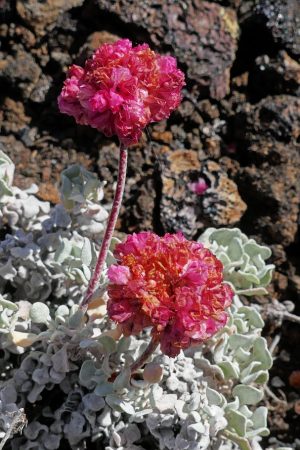
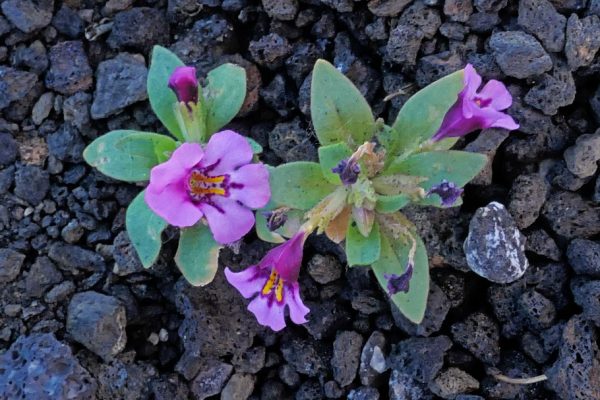
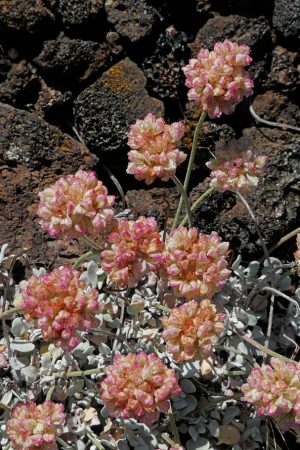
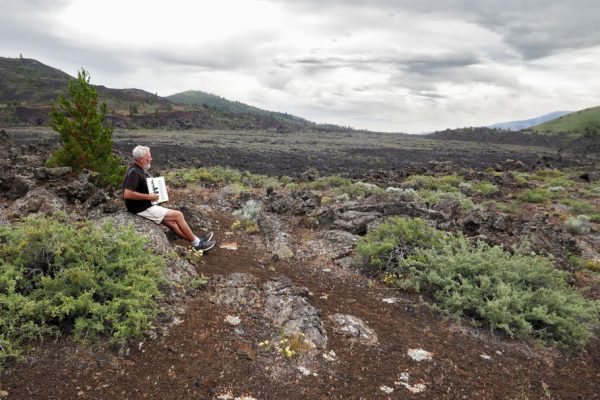
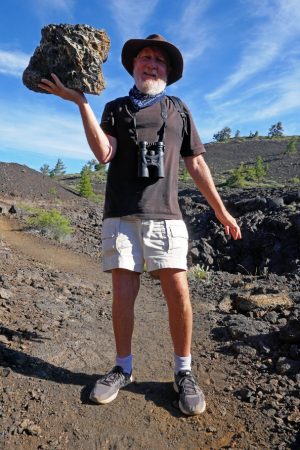
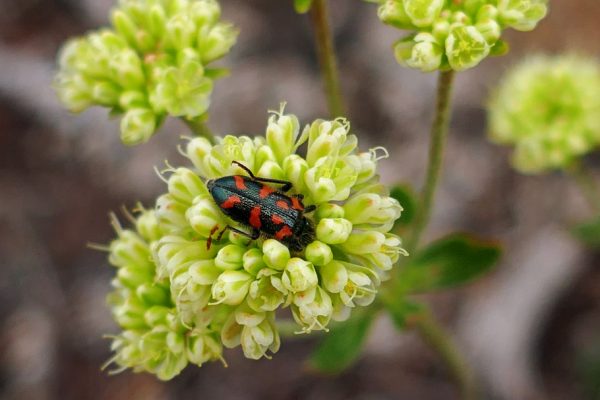
Menan Buttes
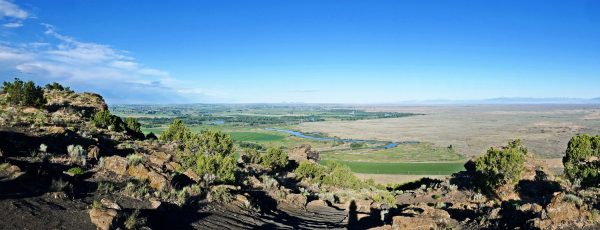
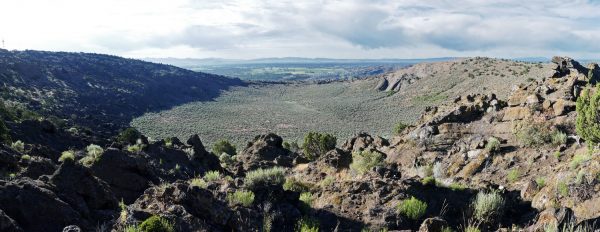
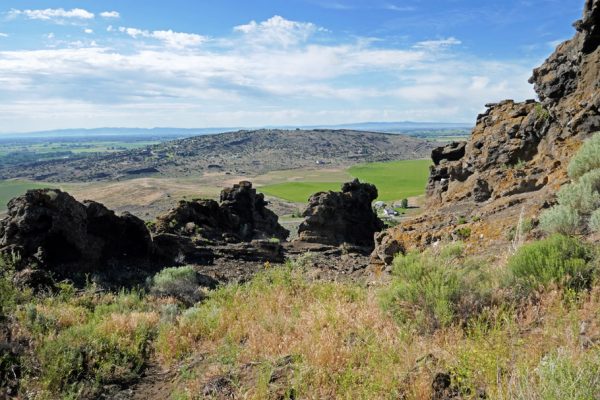
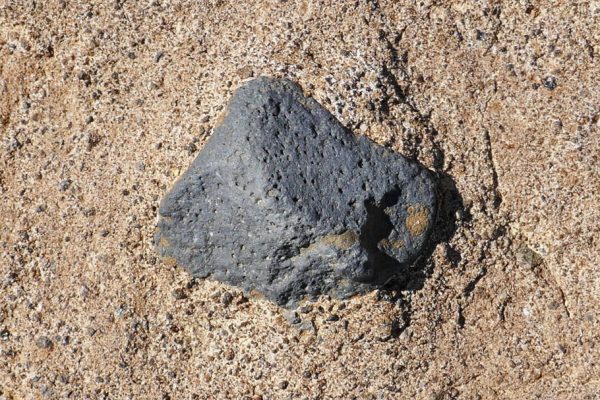
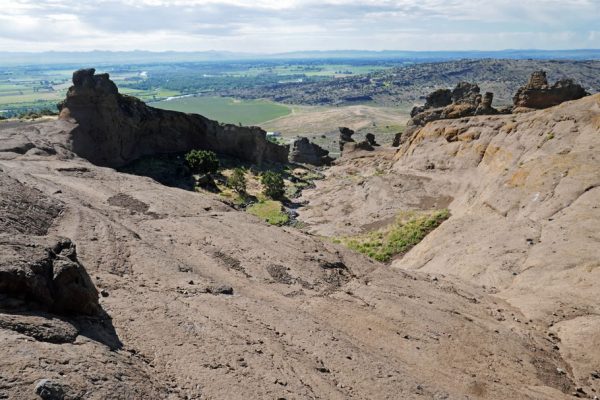
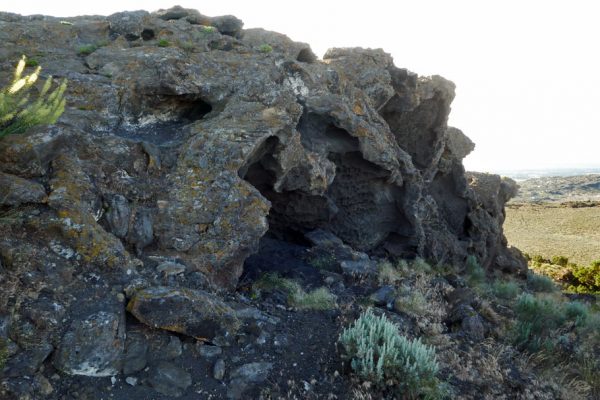
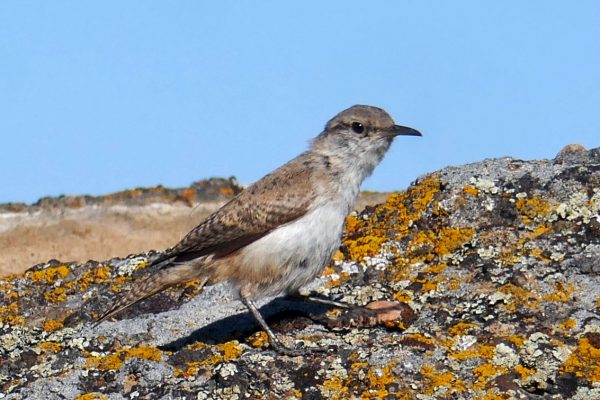
St. Anthony Sand Dunes
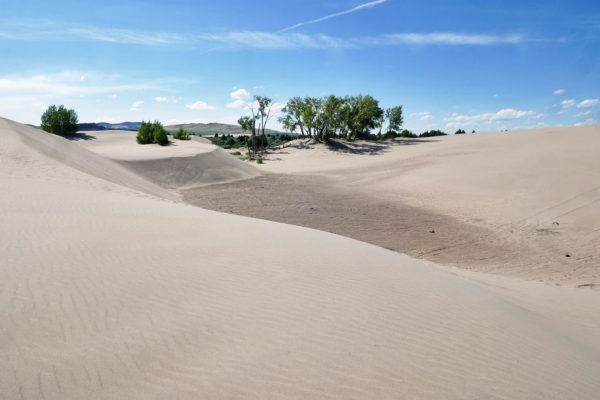
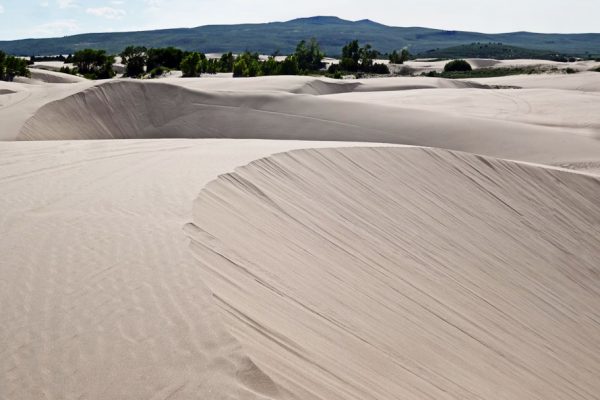

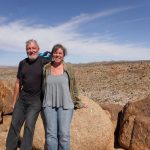


In 2016 we workamped in Arco Id and I was able to visit Craters of the Moon frequently. There was a unique beauty to the landscape when the tiny wildflowers covered the ground in all directions. Once the flowers were gone, it felt so desolate. Fascinating none the less as was St. Anthony Dunes.
It was really amazing to see wildflowers growing out of the lava. That splash of color really added to the experience. Speaking of Arco – next post is all about this interesting place!
McMurdo Sound Antarctica, where I spend a couple summers, is on an island with one active volcano, Mt Erebus. Active means steam spouts out of it. It hasn’t blown up or flowed any lava in recorded history. But walking around the neighborhood of our research building I saw lots of lava spheres about the size of cannonballs (6-12 inches in diameter). I wouldn’t want to be at McMurdo if the volcano decided to get really active again!
Some of the guys wanted to hike up the volcano on a day hike. I really wanted to go, but couldn’t find anyone to watch over our research equipment. If we had a solar flare and I wasn’t there to start getting data back to my boss it would have been hell to pay. I had mountaineering experience in the Sierras and had taken the Sierra Club Basic Mountaineering Course several years before. It was just a walkup, nothing serious, but 12,338 feet up and the upper reaches on ice.
The guys had a great hike and took lots of pictures. Big regrets for me though.
So sorry you didn’t get to do that hike. What an experience to work in Antarctica! Love your stories, John!
Such a unique and beautiful place! So enjoyed seeing and reading about the canyon and craters of the moon! So good to see you!
Thanks Brenda! We don’t take too many pictures of ourselves but I try to sneak one in every once in a while.
Wow, you guys! So much packed into this post. I’m in awe of all of it – the photos, the experiences, and all those new to me volcanic terms! A lave bomb? Polished basalt? Very cool. Did you enter any of the lave tubes? And, how close did you get to that wren? Love the dunes, as always. Who would have guessed Idaho is so complex and varied. I really want to spend some time there. At least in the southern part. You certainly bring it all to life!
Thanks! No, we weren’t allowed to go into the lava tubes. We went into one when we were in Mojave National Preserve during our first season cruising on land. It was really interesting! Unfortunately, we were traveling so hard that year I never got around to writing about Mojave or posting any pics – maybe someday. I was maybe 20 or 30 feet from the Wren – it was a while ago now, so it is hard to remember.
You should definitely put Idaho on your travel list. Southern Idaho has lots to offer – we didn’t even get to it all.